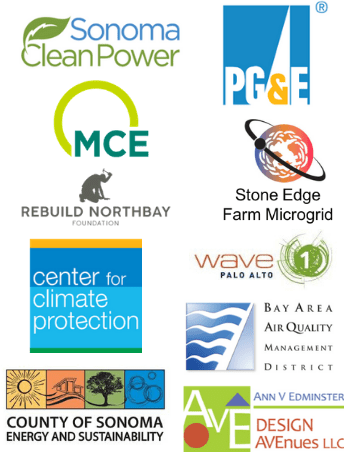Positioned for success
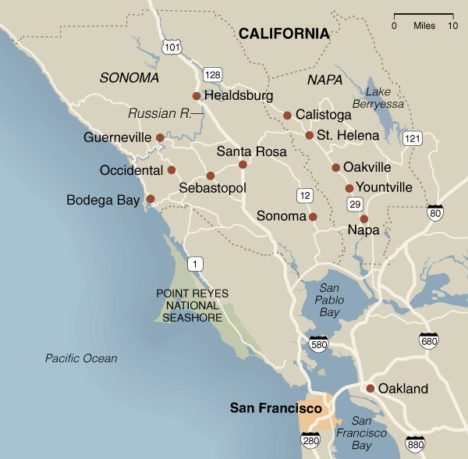 The conditions for the North Bay Community Resilience Initiative are ideal for success. The project will be located in the global capital of technological innovation, the San Francisco Bay Area. California policymakers have established nation-leading goals and frameworks for the transition to renewable energy and carbon-free transportation. PG&E, the collaborating energy company, strives to safely and reliably deliver affordable and clean energy to its customers while building the energy network of tomorrow, and has collaborated with the Clean Coalition on multiple relevant local energy initiatives.
The conditions for the North Bay Community Resilience Initiative are ideal for success. The project will be located in the global capital of technological innovation, the San Francisco Bay Area. California policymakers have established nation-leading goals and frameworks for the transition to renewable energy and carbon-free transportation. PG&E, the collaborating energy company, strives to safely and reliably deliver affordable and clean energy to its customers while building the energy network of tomorrow, and has collaborated with the Clean Coalition on multiple relevant local energy initiatives.
Utility and CCA support
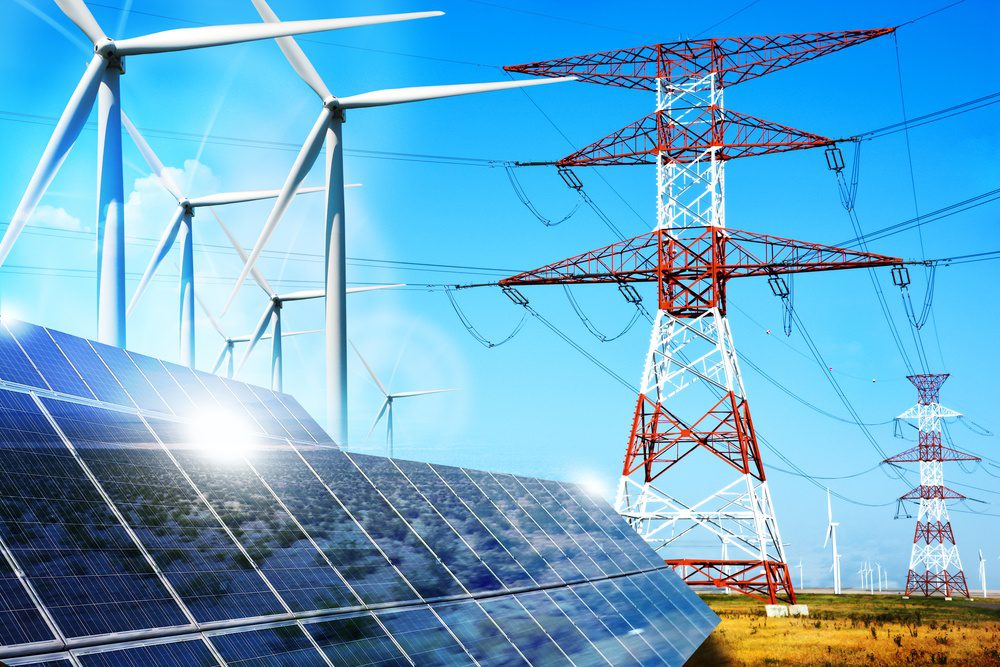 The local energy company, PG&E, is in full support of the North Bay Community Resilience Initiative, including the rebuild program for homes, the Community Microgrid, and the grid modernization effort. The initiative also has support from Sonoma Clean Power and MCE, the community choice aggregators (CCAs) in the area.
The local energy company, PG&E, is in full support of the North Bay Community Resilience Initiative, including the rebuild program for homes, the Community Microgrid, and the grid modernization effort. The initiative also has support from Sonoma Clean Power and MCE, the community choice aggregators (CCAs) in the area.
The Clean Coalition is working closely with PG&E, Sonoma Clean Power, MCE, and multiple leaders in the community, including the Rebuild Northbay Foundation, to analyze the best locations for the North Bay Community Resilience Initiative projects. Please check back for updates.
Potential project types
The North Bay Community Resilience Initiative will combine the optimal solar siting opportunity of commercial and industrial sites with the opportunities of homes and apartment buildings. A target of 30 MW of solar PV could include these types of sites (click below to enlarge image):
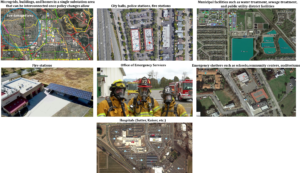
Economic and environmental impact
A Clean Coalition analysis demonstrates that installing 30 MW of local solar PV on the built environment in suburban communities will produce these benefits over 20 years: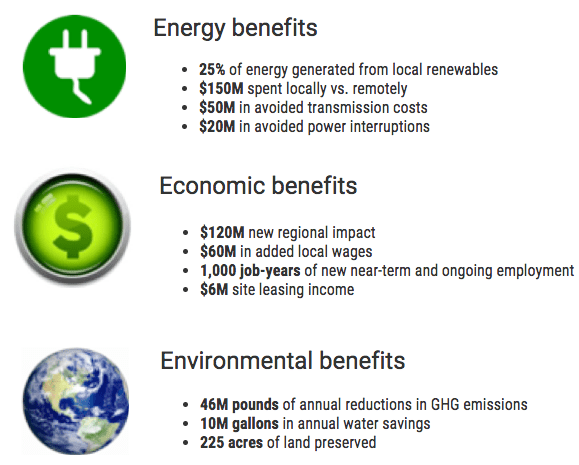

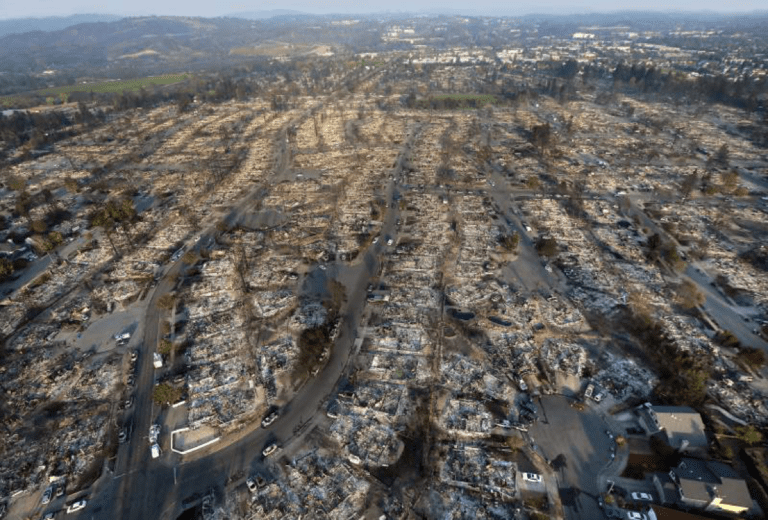

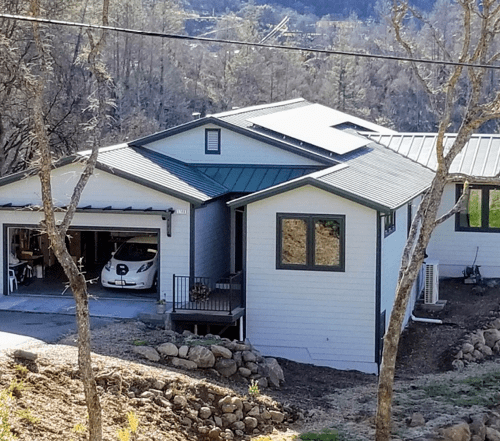

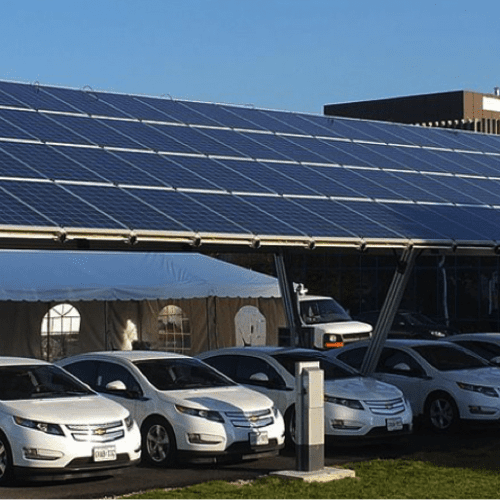
 The conditions for the North Bay Community Resilience Initiative are ideal for success. The project will be located in the global capital of technological innovation, the San Francisco Bay Area. California policymakers have established nation-leading goals and frameworks for the transition to renewable energy and carbon-free transportation. PG&E, the collaborating energy company, strives to safely and reliably deliver affordable and clean energy to its customers while building the energy network of tomorrow, and has collaborated with the Clean Coalition on multiple relevant local energy initiatives.
The conditions for the North Bay Community Resilience Initiative are ideal for success. The project will be located in the global capital of technological innovation, the San Francisco Bay Area. California policymakers have established nation-leading goals and frameworks for the transition to renewable energy and carbon-free transportation. PG&E, the collaborating energy company, strives to safely and reliably deliver affordable and clean energy to its customers while building the energy network of tomorrow, and has collaborated with the Clean Coalition on multiple relevant local energy initiatives. The local energy company, PG&E, is in full support of the North Bay Community Resilience Initiative, including the rebuild program for homes, the Community Microgrid, and the grid modernization effort. The initiative also has support from Sonoma Clean Power and MCE, the community choice aggregators (CCAs) in the area.
The local energy company, PG&E, is in full support of the North Bay Community Resilience Initiative, including the rebuild program for homes, the Community Microgrid, and the grid modernization effort. The initiative also has support from Sonoma Clean Power and MCE, the community choice aggregators (CCAs) in the area.

